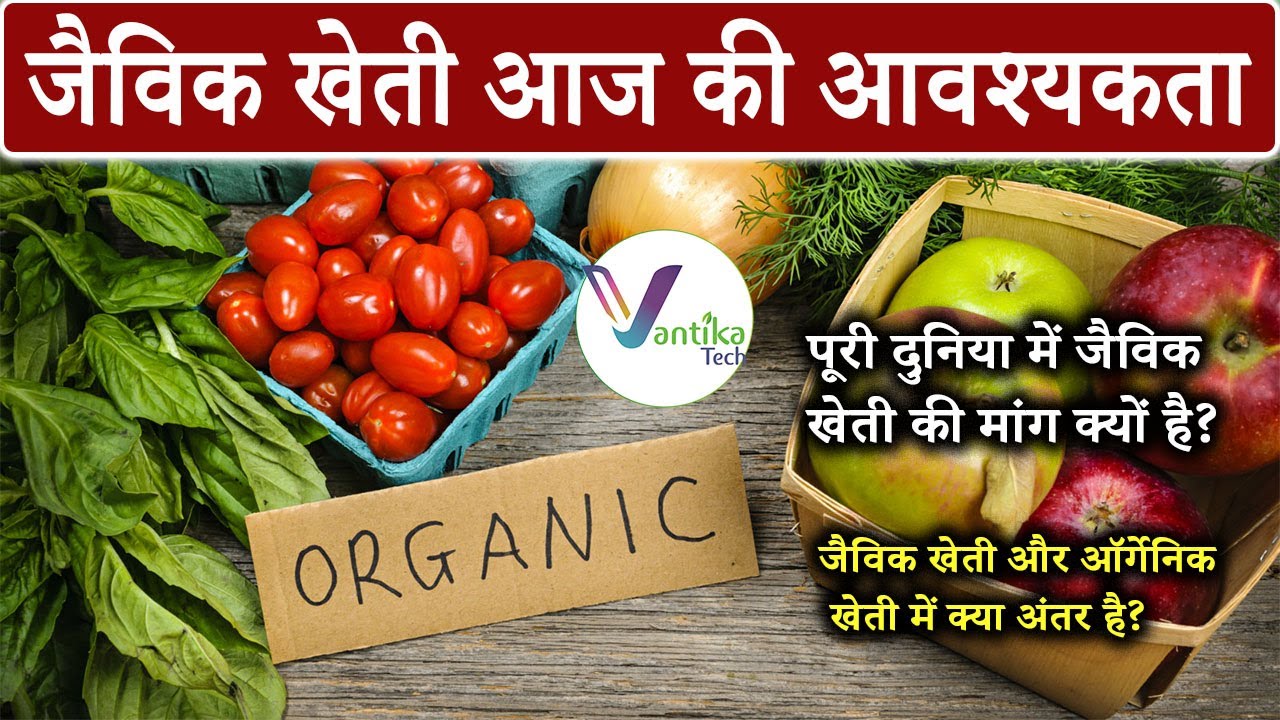In recent years, India has witnessed a steady increase in the population of livestock, yet the availability of fodder has become a pressing issue. With inadequate rainfall and early onset of summer in many states, the scarcity of animal feed has escalated, posing a serious challenge for farmers. This article delves into the current predicament faced by livestock owners across the country, particularly focusing on Maharashtra, and explores the implications of the feed shortage crisis.
India's livestock population has been on the rise, driven by increasing demand for dairy and meat products. However, this surge in demand has not been matched by a proportional increase in fodder production. The shortfall in fodder production has been exacerbated by below-average rainfall and premature onset of summer in several states, including Uttar Pradesh, Jharkhand, Bihar, Karnataka, Kerala, Nagaland, Mizoram, Manipur, and Tripura.
Without an adequate supply of fodder, livestock farmers are forced to explore alternative options, such as purchasing feed from distant locations or reducing the size of their herds. These measures not only increase the financial burden on farmers but also have long-term implications for the sustainability of the livestock industry in India.
Among the states grappling with the feed shortage, Maharashtra stands out as one of the hardest hit. Over the past five years, Maharashtra has witnessed the lowest rainfall in 2023, leading to reduced cultivation of crops such as jowar, bajra, and pulses during the kharif season. Subsequently, the rabi season also saw a decline in sowing activities. The impact of inadequate rainfall has now started to manifest in the form of fodder scarcity, particularly in districts like Akola, where feed prices have soared to unprecedented levels.
In response to the worsening situation, the administration in Maharashtra has imposed restrictions on the supply of animal feed. Several districts, including Akola, have seen bans on the transportation of locally produced fodder, poultry feed, and total mixed ration (TMR) to other regions. Additionally, auctions for fodder procurement have been restricted to local residents, preventing outsiders from buying feed supplies from the district.
The scarcity of animal feed has not only burdened livestock owners with increased expenses but also jeopardized milk production as animals receive inadequate nutrition. Farmers are forced to procure expensive feed from distant locations, further escalating their costs. While the government has urged farmers to seek assistance from the agriculture department for fodder production, long-term solutions such as promoting drought-resistant fodder crops and implementing water conservation measures are imperative to mitigate future crises.
The current shortage of animal feed in India, exacerbated by erratic rainfall patterns and premature summer conditions, underscores the vulnerability of livestock farming to environmental fluctuations. Immediate interventions, including targeted support for fodder production and sustainable water management practices, are essential to alleviate the plight of farmers and ensure the well-being of the country's burgeoning livestock population. As we navigate through these challenges, collaboration between government agencies, farmers, and agricultural experts becomes indispensable in safeguarding the livelihoods of millions dependent on livestock rearing.
Thanks for visiting Vantika Tech! We appreciate your interest in our content. Your feedback on fodder prices is invaluable, as it sheds light on the challenges faced by farmers and the opportunities for increased income. We believe that addressing the issue of fodder scarcity not only benefits farmers by stabilizing input costs but also opens up avenues for additional revenue through innovative farming practices and value-added products.
#FodderShortage #LivestockFarming #FeedScarcity #MaharashtraDrought #FarmersStruggle








No comments:
Post a Comment